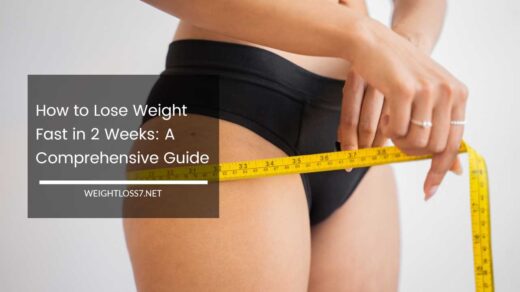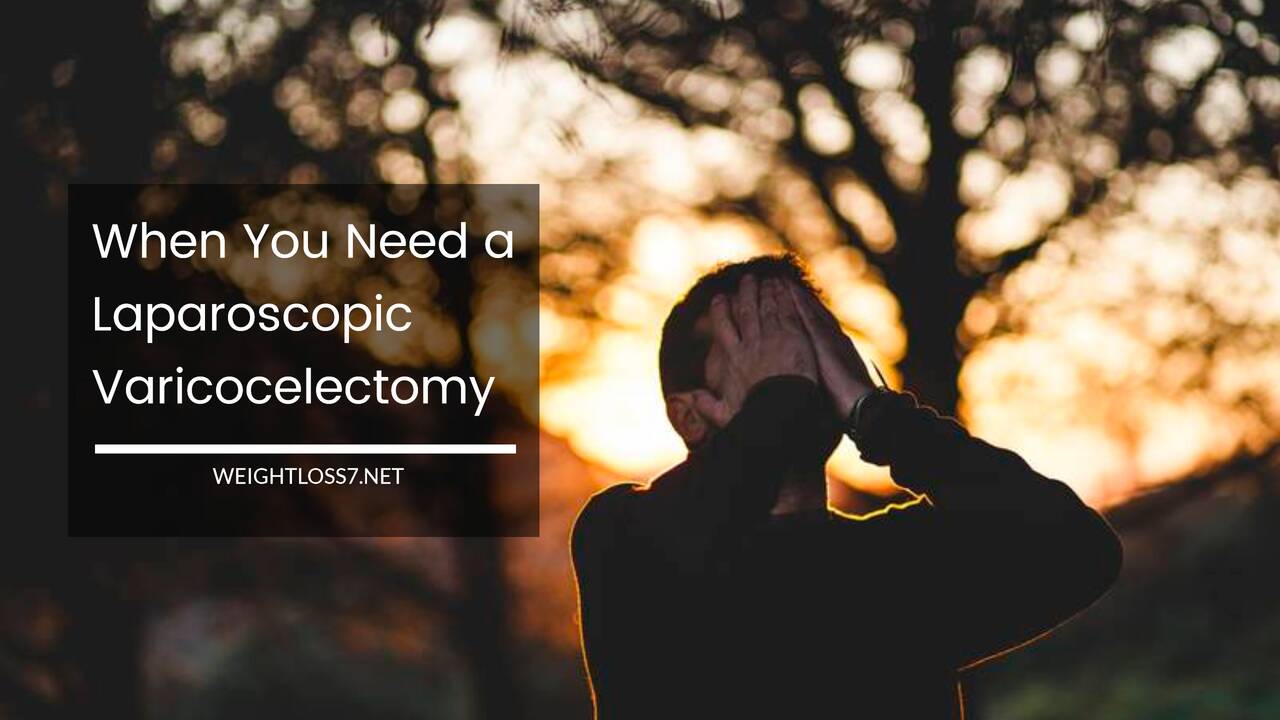Getting The Right Amount Of Summer Sun

Most people look forward to summer because it’s relaxing a time when we all can enjoy some fun in the sun.
After retreating inside the home for months at a time during the colder seasons, many become anxious for warm temperatures and the sun to come out from behind the clouds.
Some individuals dream of simply being able to slip on some flip-flops to enjoy nature and the outdoors, while others can’t wait to indulge in popular summer activities such as swimming, tanning, boating, or taking walks on the beach.
Sadly, the summer sun has dangerous side that we all too often ignore.
What are The Health Benefits Of Getting Sufficient Sunlight?
It should be noted that there are some benefits to small amounts of sun exposure. The biggest known benefit of sunlight is that it provides us with high concentrations of vitamin D.
Sunlight is also known to eliminate many species of bacteria and aids in the cure of certain skin diseases including acne, fungal infection, psoriasis, and more.
Other health benefits of sun exposure include: the potential lowering of cholesterol and blood pressure, the strengthening of the immune system and increase in immune response, and the enhancement of oxygen-carrying properties of blood.
Psychologically, sufficient sunlight exposure can improve mood and aid in combating depression.
How Much Sunlight Is Too Much?
While it’s clear that getting enough sun can have various positive effects on human health, how much sun exposure is adequate?
While that number is currently a topic of debate, the majority of past research has indicated an optimal range of five to 30 minutes of direct sunlight for health purposes.
The exact ideal exposure time will vary depending on time of day, time of year, geographical location, and more.
Generally speaking, direct sunlight exposure of more than 30 minutes at a time without sunscreen is considered to be harmful.
The sun’s intensity is normally believed to be greatest during the times of 10:00 a.m. and 4:00 p.m., so it is best to avoid extended exposure during this time frame.
If you are concerned with how to get maximize the benefits of the sun, try to get five to 30 minutes of direct sunlight exposure before or after the hours of 10am and 4pm and without sunscreen on.
Sunscreen often blocks ultraviolet B rays which are necessary for making vitamin D in the body. While outside during midday, wear a sunscreen with an SPF of at least 30 to protect your skin from damage.
What Dangers are Associated With Overexposure To The Sun?
A sunburn can be one of the earliest signs of overexposure to the sun. Sunburns can cause redness and swelling, pain, itching, and the peeling of skin.
According to the EPA, overexposure to the sun can cause melanoma (a type of skin cancer), immune system suppression and cataracts.
There are hundreds of types of skin cancers, though melanoma is one of the deadliest types. Sunburn victims have twice the probability of getting skin cancer, and children are far more vulnerable to the harmful effects of overexposure than adults.
Light-skinned individuals with less melanin in their skin are also more susceptible to UV dangers than darker-skinned individuals.
How Can I Protect Myself from Harmful Rays?
There are numerous ways to shield yourself from the sun.
The most common include using a broad-spectrum sunscreen with an SPF of at least 30, and reapplying every hour or two, wearing long-sleeved clothing and wide-brimmed hats, and avoiding exposure during peak hours.
Consider visiting a physician or dermatologist as soon as you spot a suspicious mark or mole.

















